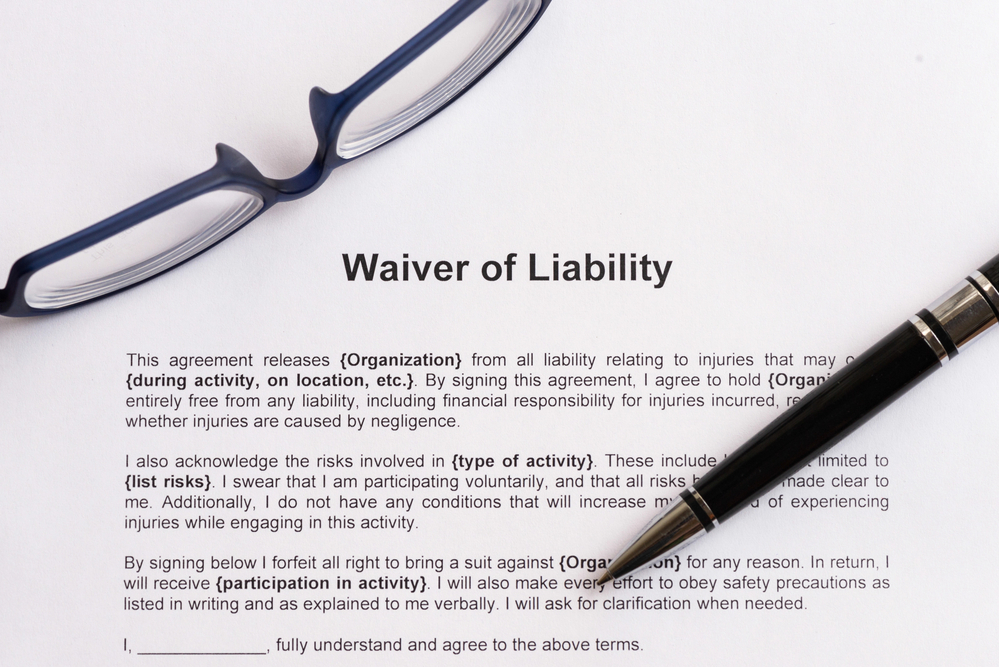 In many recreational activities and entertainment venues, participants are often required to sign waivers before engaging in the activity. These waivers typically aim to release the venue or organizer from liability in case of an injury. But does signing a waiver truly remove your right to sue for an injury? Understanding the legal implications of these waivers is crucial for both participants and organizations.
In many recreational activities and entertainment venues, participants are often required to sign waivers before engaging in the activity. These waivers typically aim to release the venue or organizer from liability in case of an injury. But does signing a waiver truly remove your right to sue for an injury? Understanding the legal implications of these waivers is crucial for both participants and organizations.
Understanding Waivers and Their Purpose
A waiver, also known as a release of liability, is a legal document that participants sign to acknowledge the risks associated with a particular activity and to agree not to hold the organizers legally responsible for any injuries or damages that may occur. These waivers serve several purposes:
The Enforceability of Waivers
The enforceability of waivers varies depending on the jurisdiction and the specific circumstances surrounding the injury and the waiver itself. Generally, for a waiver to be enforceable, it must meet several criteria:
Situations Where Waivers Are Common
Most locations or activities that include an inherent risk during participation require participants to sign a waiver before entering. This can include places like trampoline parks, day camps, gyms and fitness centers, and even theme parks. Certain activities, such as organized sports on both the youth and adult levels, can also require waivers. These kinds of facilities and activities recognize that there is an inherent risk involved for attendees and participants, and seek to absolve themselves of responsibility for any injuries that may occur due to these inherent risks.
When Waivers May Not Hold Up in Court
While waivers can provide a strong defense against lawsuits, there are instances where they may not hold up in court:
Case Studies and Legal Precedents
In a notable case, a theme park visitor who was injured on a ride filed a lawsuit despite having signed a waiver. The court ruled that the waiver was unenforceable because the park had failed to properly maintain the ride, which constituted gross negligence. This case underscores the importance of maintenance and safety protocols, even when waivers are in place.
In another case, a participant in an organized sports league was injured due to improper supervision by the coaches. Although the participant had signed a waiver, the court found that the waiver did not protect the organization from liability due to the negligent supervision. This case highlights the limits of waivers in shielding organizations from responsibility.
These are only two of many examples that demonstrate an individual’s right to sue for an injury, despite having signed a waiver. It’s important to know that you still have rights and protections, regardless of whether or not you signed a waiver when entering that fitness center or participating in an activity.
Know Your Rights and Responsibilities
Signing a waiver does not automatically remove your right to sue for an injury, especially in cases involving gross negligence or ambiguous waiver language. It is essential for participants to understand the terms of any waiver they sign and for organizations to ensure their waivers are clear, specific, and legally sound. If you are injured and have signed a waiver, consulting with a legal professional can help determine whether you still have the right to seek compensation. Contact The Harr Law Firm today to discuss what your rights are and how you can pursue compensation for your injuries.